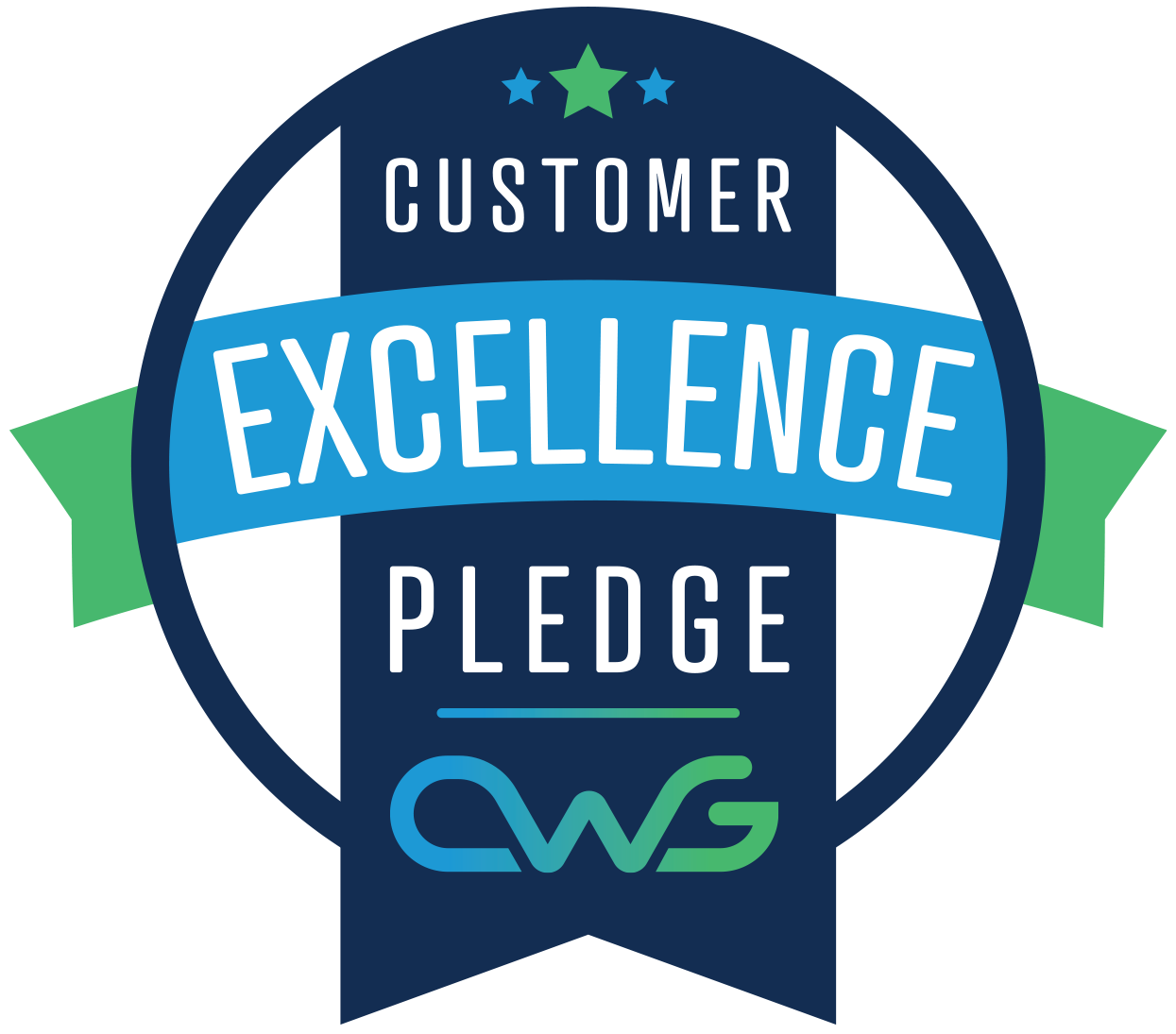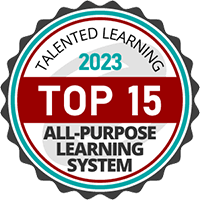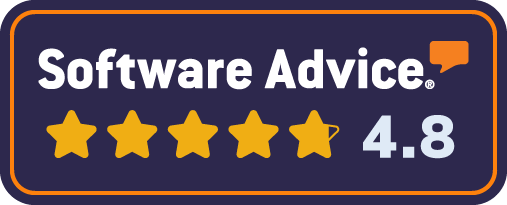CAMRT
The CAMRT is the national and certifying association for four medical radiation technology disciplines: radiologic technology, nuclear medicine technology, magnetic resonance, and radiation therapy.
Medical radiation technologists (MRTs) are essential to healthcare teams, providing vital imaging and therapy services to patients and colleagues for the purposes of diagnosis and treatment.
For more information about the CAMRT, visit their website.

The story behind the CAMRT eLearning courses
When the Canadian Association of Medical Radiation Technologists (CAMRT) approached Flare Learning, they needed to complete a significant reconstruction of their existing course material through PDF files and textbooks, moving them toward an interactive online format. The new eLearning courses had to provide continuing competence in practice and improve work performance.
The outcome included intricate interactivities that consisted of 50-100 layers per slide in Articulate Storyline to bring the training material to life. In addition to the interactive components, the final eLearning course designs allowed for easier management and updates and helped the CAMRT organization streamline delivery throughout the pandemic.
Key takeaways from CAMRT training modules
- CAMRT develops self-directed distance education courses for the purposes of continuing professional development (CPD).
- Courses needed to provide both continuing competencies in practice and improve the work performance of learners.
- Previous PDF format did not provide any interactive opportunities, and limited CAMRT to presenting the same course content, previously presented in hard copy, online.
- Clear communication with a solid project plan for the subject matter experts was essential for moving the initiative forward.
- Subject Matter Experts (SMEs) would provide text-based course materials and supplemental images to instructional and eLearning designers.
Project Goals
- Significant reconstruction was required to deliver existing courses in an interactive online format
- These courses had to provide continuing competence in practice and improve work performance
- High-quality instructional and graphic design were essential
Unique Challenges
- The LMS had to be SCORM compliant and use HTML5 for interactivities
- The system had to deliver assessment methods in a variety of formats
- Maintaining the consistency of the courses and expectations of several different SMEs
- SMEs would be contacted individually and had varying degrees of familiarity with online delivery
- Support for bilingual course content was required
The Final Result
- Design and development took 2-3 years because courses were added during production
- An interactive highlight for client was that related images that were previously delivered through the textbook were now grouped together and presented via slider for a more intuitive learning experience
- Can shift between 2 different types of scans (CT and CE scans) that were previously
- Featured intricate interactivities that consisted of 50-100 layers per slide (Storyline)
I defined success on this project as meeting and exceeding the standards of the client on all the finer details of the course design.
Want to see more eLearning development projects?













.svg)


.png)


-svg.svg)
-svg.svg)
-svg.svg)
-svg.svg)